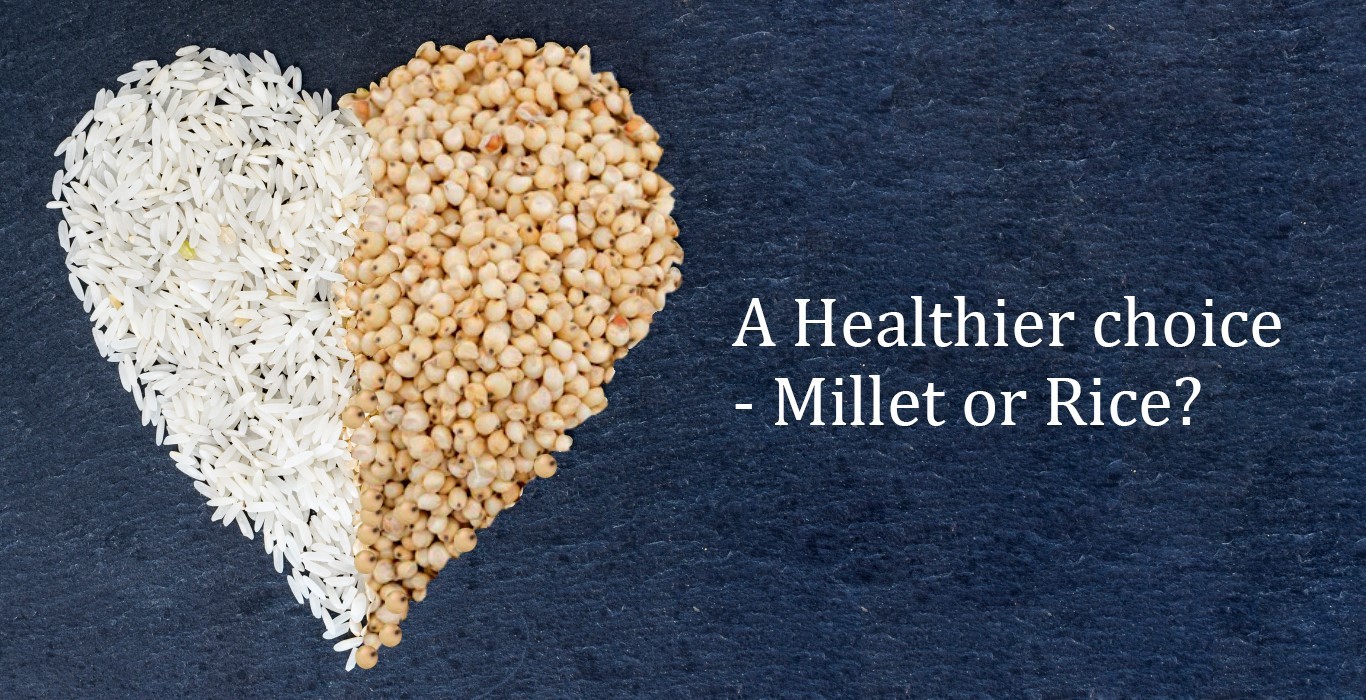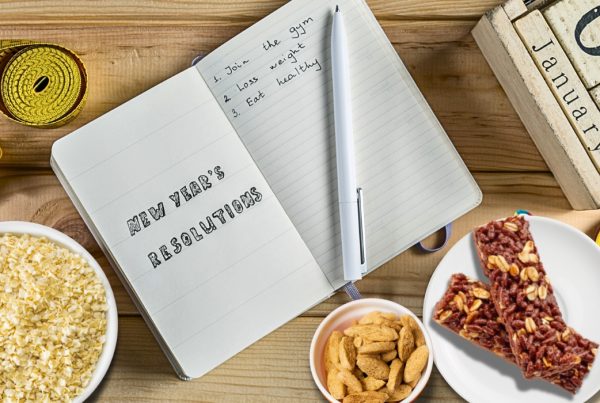Millets or Rice, which is a healthier option? This is a never-ending debate and yet a popular one in the health segment. While the answer is not exactly simple, we have attempted to put forth a balanced view about both the food groups and how can we ensure that we maximize the benefit from each.
Making healthy food choices is a must for staying healthy and fit. India has a variety of food groups. The most used among them are rice, wheat, and millet. However, traditionally, people are advised to avoid rice if they are planning to lose weight or are suffering from lifestyle diseases like diabetes.
But what is more healthy rice or millet?
Let’s see:
- Rice is rich in carbohydrates. Millets are rich in protein, fiber, essential minerals, vitamins, potassium, calcium, phosphorus, iron, and magnesium, and are considered a powerhouse of nutrition.
- Millets are more versatile, and rice can be combined with veggies and dal to make it a complete meal.
- both are gluten-free.
- preferring unpolished millets/rice over polished grains is highly recommended as the lower the process that the grain undergoes, the higher the nutritive value.
- Rice has a high glycaemic index, so there are chances of type 2 diabetes and weight gain.
- Millets have 150% more iron than rice, 850% more magnesium, 560% more phosphorus, and 980% more calcium.
- Millets are rich in vitamin B.
- Millets are low in fat and low in sodium. Millets keep you fuller for a longer time, as it has a low glycaemic index, which relates to a slow and gradual increase in blood sugar level.
- when it comes to digestion, rice is easier to digest as compared to millet.
- Rice has negligible amounts of fats, in comparison with millets.
- Millets have more protein than rice, white rice is rich in sodium.
- Rice has a little more fiber than millets.
Nutritionally millets should be the first choice, but when it comes to digestion, it may be easy to digest rice for many age groups as compared to millets. Kids of growing age can digest millets better than older adults, as they are physically active. Millets for senior citizens should be picked wisely, as their digestion is not as strong as a middle-aged or young adult. So balancing the meal is important.
Important tips for balancing the meal
A mix of rice and millets should be consumed.
Millets can be consumed 2-3 days a week.
Soaking millets before cooking helps in digestion and better absorption of nutrition.
Picking up the right millet in the right season is important.
Millets like Barnyard, and Kodo are more expensive than jowar or bajra.
Ragi is rich in calcium, foxtail millet is rich in protein, and pearl millet is rich in folic acid so balancing them is necessary.
No food is good or bad, balancing the meal with every food group is important. Making mindful planning of meals can help us get a healthy lifestyle by providing proper nutrition to us. Millets set the Vata, Pitta, and Kapa balance of the body.
Traditional Indian meals are a balance of all essential nutrients. Both millets and rice have a special place in our meals. There are regional differences in millet and rice consumption like ragi mudde for Karnataka is popular, just like sambar rice. Similarly, the barnyard is popular among the Pahari people.
Instead of looking at a particular food group or excluding a group from our meal, we need to balance out the meals by replacing our regular breakfast with millet-based breakfast like ragi idli, jowar mix vegetable paratha, millet breakfast premix, etc. as they are not only protein-rich but also good for starting a day. For meals, you can enjoy rice. Meals with millet roti and rice with veggies and dal make a complete meal.
Both millets and rice are nutrition rich and making them a part of our daily meals is important. Getting creative with millets and rice recipes will make meals more nutritionally dense and interesting. Experiment with flavors by adding a variety of Indian spices.
So include both millets and rice in your daily meals. A healthy lifestyle is possible by making mindful food choices and having an active life to digest the food and maintain weight. The right quantity of rice and millet should be included in our daily meals for nutritional balance. So stop thinking if rice or millet is a healthier choice and start focusing on including both in a balanced way.







